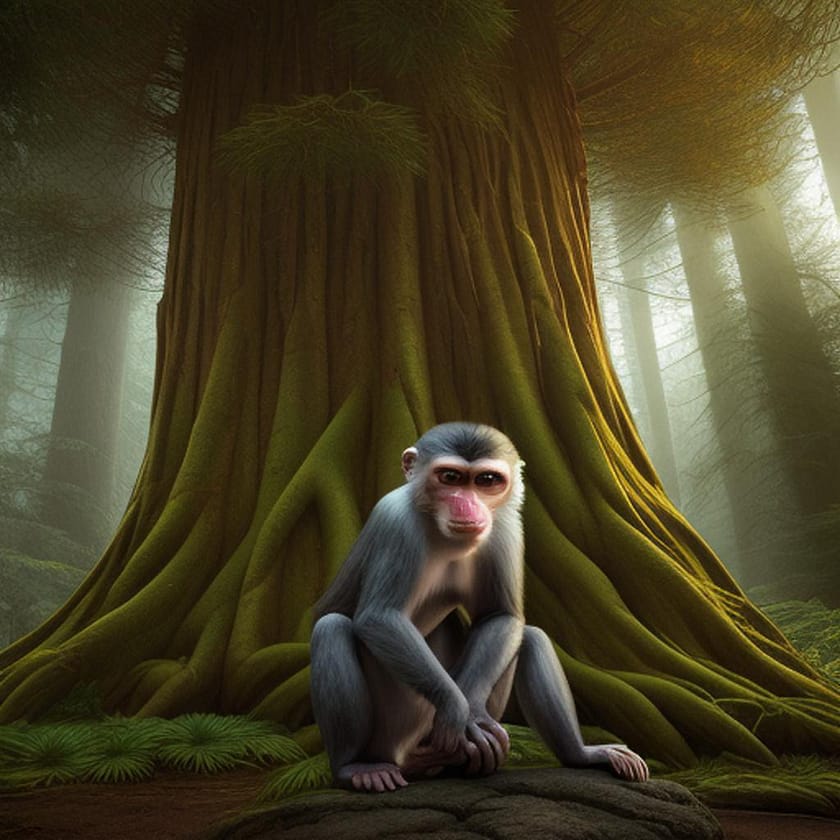Guardians of the Forest: The Plight of the Majestic Monkey Puzzle Tree
Deep in the lush forests of Chile and Argentina, a majestic tree species stands tall, defying the odds in the face of numerous threats. The Monkey Puzzle Tree (Araucaria araucana), with its intriguing name and distinctive spiky foliage, is battling against the challenges of habitat loss and logging. Join us as we embark on a journey to explore the fascinating world of the Monkey Puzzle Tree and shed light on the urgent need to protect this endangered arboreal marvel.
Unique Appearance and Ancient Heritage
The Monkey Puzzle Tree’s unmistakable appearance, with its symmetrical, upward-reaching branches and overlapping spiky leaves, sets it apart from other trees. Native to the Andean regions of Chile and Argentina, this species has deep historical and cultural significance to the local communities. Its existence predates the dinosaurs, making it a living testament to Earth’s ancient past.
Threats and Conservation Efforts
The Monkey Puzzle Tree faces a multitude of threats that have pushed it to the brink of extinction. The species has long been exploited for its valuable timber, leading to extensive logging activities. Additionally, habitat loss caused by land conversion for agriculture and urban development has significantly impacted its population. Conservation organizations, scientists, and local communities are working tirelessly to protect and restore the remaining groves of Monkey Puzzle Trees. Reforestation initiatives, habitat conservation programs, and public awareness campaigns are all part of the collective effort to safeguard this iconic species.
Ecological Importance
The preservation of the Monkey Puzzle Tree is not only vital for its own survival but also for the preservation of the ecosystems it supports. These trees provide critical habitat for a range of plant and animal species, acting as biological anchors that maintain biodiversity. Additionally, their deep-rooted presence helps prevent soil erosion and contributes to the overall health and stability of forest ecosystems.
Cultural Significance and Symbolism
The Monkey Puzzle Tree holds immense cultural significance for the communities residing in its native range. It features prominently in folklore, traditions, and local artwork, showcasing its deep-rooted connection to human heritage. By protecting this endangered tree, we honor the cultural legacy and ensure the preservation of a living link between past and present generations.
Conclusion
The Monkey Puzzle Tree’s struggle for survival serves as a poignant reminder of the fragility of our planet’s natural heritage. Its unique beauty, historical legacy, and ecological importance make its preservation crucial. By championing conservation efforts, supporting reforestation initiatives, and raising awareness about the value of these magnificent trees, we can play a vital role in securing the future of the Monkey Puzzle Tree for generations to come.
Remember, it's always advisable to refer to the latest scientific sources and conservation organizations for the most up-to-date information on the Monkey Puzzle Tree and its conservation status.

Source OpenAI’s chatGPT Language Models, Dalle, AI trot and Fleeky
images Picsart and MIB
Thank you for likes, shares and comments! 🌳🌴🌲🌵
Embark on your journey in affiliate marketing and website creation alongside an incredible community and myself. Invest in your future by dedicating time to learn and earn. Take all the time you need to master the basics before aiming higher. Give it a try and sign up for free. You won't regret it! Discover the possibilities for yourself...


